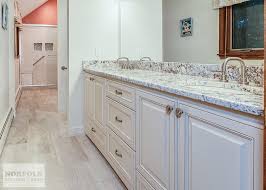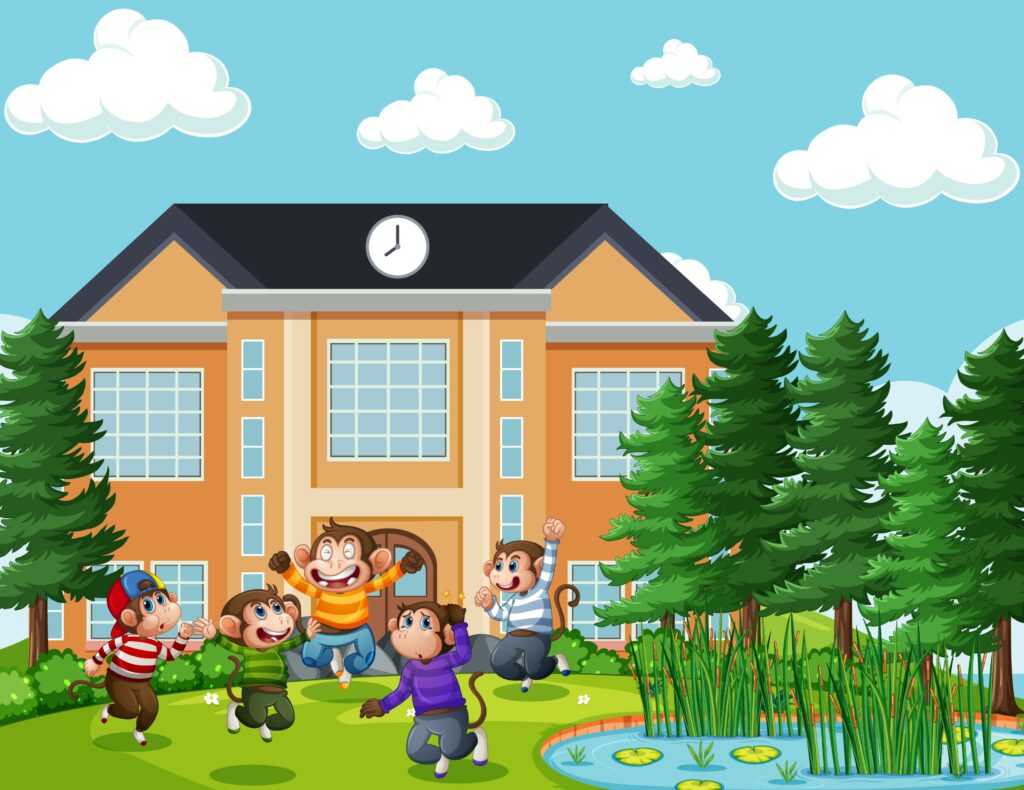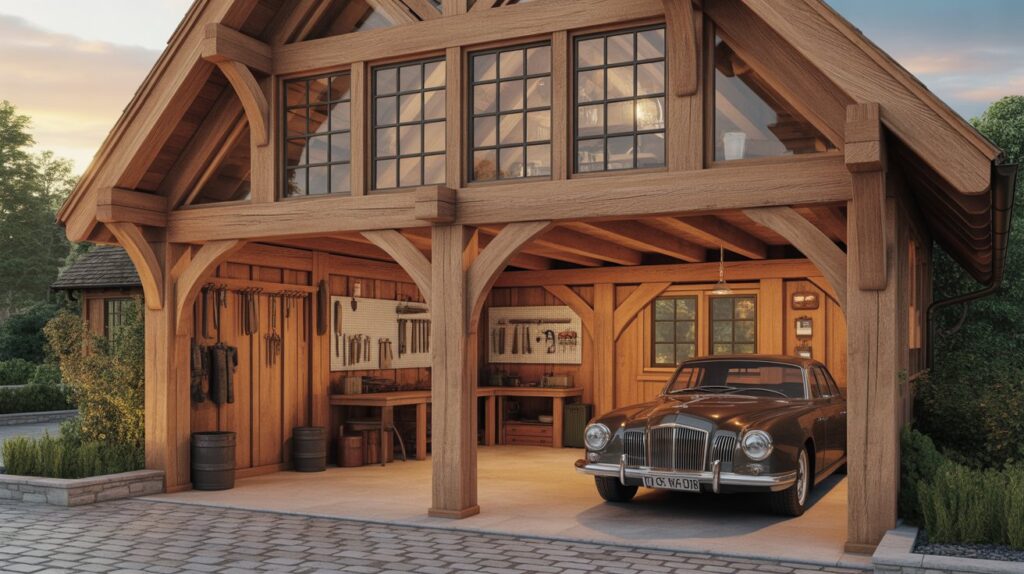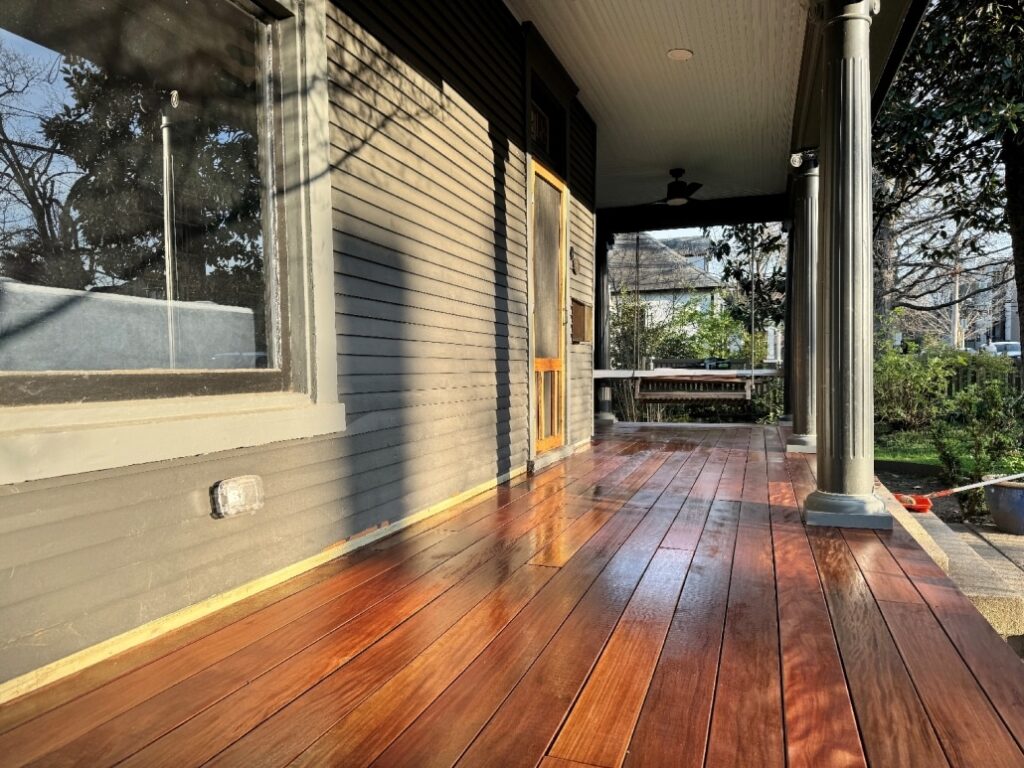In home design, the bathroom vanity has evolved far beyond its original purpose. What once served only as a functional fixture is now one of the most expressive elements in a bathroom. Homeowners are no longer content with plain cabinetry and standard sinks. They want vanities that work hard and look good doing it. The combination of visual appeal and smart utility has given rise to a wide range of vanity styles that transform a bathroom into a personal retreat. Whether you’re planning a full bathroom renovation or just looking for an upgrade, your vanity choice can set the tone for the entire space.
The shift toward purposeful beauty isn’t accidental. It’s fueled by changing lifestyles and increasing interest in thoughtful home design. People want their spaces to reflect how they live, not just what they like. When homeowners in Indianapolis reach out to a kitchen customization services expert, they’re often thinking about more than just layout. They want cabinetry that fits their needs and brings character to their homes—this applies just as much in the bathroom as in the kitchen.
The Role of the Vanity Has Expanded
Vanities today aren’t just about hiding plumbing or providing a surface for the sink. They support daily routines, offer smart storage, and contribute to the room’s character. Design has become more intentional. Everything from the materials to the drawer mechanisms plays a part.
Here’s what people are asking for in modern vanities:
- More drawer storage instead of open shelving
- Built-in dividers for organizing toiletries
- Charging ports and outlets tucked away in drawers
- Wall-mounted styles for easier cleaning
- Floating vanities to give smaller bathrooms a spacious feel
Homeowners are increasingly asking for bathroom furniture that adapts to their lifestyle. That means no more one-size-fits-all models. Whether you’re dealing with limited square footage or designing a luxury spa experience at home, the vanity can adjust to suit.
Blending Design Styles Without Compromising Function
Modern vanities are breaking free from trends that once locked bathrooms into a specific style. Now, you’ll find a creative mix of materials and forms. Natural wood finishes, matte hardware, concrete countertops, and fluted detailing are making their way into vanity designs. And rather than settling for a catalog piece, more people are exploring semi-custom or fully custom vanities that reflect their personality.
At the same time, storage is being taken seriously. Gone are the days of bending under a sink to find a hairbrush or skincare item. Designers are building vanities that put daily essentials at your fingertips. Think vertical pull-outs, soft-close drawers with inner compartments, and mirrored cabinets that double as light sources.
For example, a vanity with integrated LED lighting and a defogging mirror adds convenience without any extra visual clutter. A floating wood vanity with a stone vessel sink might combine traditional warmth with a modern touch. This kind of hybrid design respects both form and function.
Materials Matter More Than Ever
The choice of materials used in vanity construction has a big impact on both performance and appearance. Today’s homeowners are paying attention to what their vanities are made of, not just how they look. Durability matters in a humid space like the bathroom, but so does the aesthetic value of natural textures and finishes.
Popular materials include:
- Hardwoods like oak, walnut, and maple for warmth and strength
- Quartz countertops for a refined and durable surface
- Recycled glass and concrete for a modern industrial look
- Matte black or brass hardware to add subtle contrast
These materials are chosen for more than looks. They hold up well over time and respond to daily use without wearing down quickly. Designers are also thinking more about sustainability, sourcing responsibly and using finishes that last.
Customization Brings Personality to the Space
Off-the-shelf vanities serve a purpose, but more homeowners want something that feels personal. Custom and semi-custom vanities let them adjust everything from height and layout to materials and finishes. This is especially useful in older homes, where space is limited or uneven. A customized vanity can be built to fit a tricky alcove or use an irregular corner that would otherwise go to waste.
Some popular custom features include:
- Taller vanities to suit modern ergonomics
- Drawer organizers designed around a user’s routine
- Matching cabinetry for linen storage or makeup stations
- Dual sinks with individually tailored drawers
With the right design partner, a bathroom vanity becomes more than a fixture. It becomes an anchor point for the room. Every drawer, handle, and finish adds to the story the homeowner wants their space to tell.
Color Is No Longer an Afterthought
Color used to be something you added with paint or accessories. Now, it’s part of the vanity itself. People are choosing cabinetry in rich forest greens, deep navy blues, and even soft blush tones. Paired with hardware in gold or matte black, these colors create a bold visual impact. Some even go for two-tone designs, mixing wood textures with painted elements for added depth.
These choices reflect a growing interest in personal style. Bathrooms aren’t just neutral anymore. They’re expressive, calming, and sometimes dramatic. Color plays a big part in that.
The Vanity’s Role in a Larger Bathroom Plan
The vanity doesn’t exist in isolation. It’s tied to the rest of the bathroom’s design. That means it needs to coordinate with lighting, tile, mirrors, and even the shower style. A well-designed vanity sets the rhythm for how you move through the space.
Open shelving might work better in a guest bath where storage needs are light. In a master bath, deep drawers and closed cabinets provide better function. Some vanities even include built-in laundry hampers or small seating areas. That integration helps the whole room feel more thoughtful.
For homeowners planning a full remodel, this becomes even more important. A design team that understands the balance between layout and detail can build a bathroom where the vanity doesn’t just fit—it enhances.
Design Is in the Details
It’s often the small details that elevate a vanity from standard to exceptional. The right edge profile on a stone countertop. A drawer that closes quietly. A handle that feels solid in your hand. These touches may seem minor, but they add up.
Lighting around and within the vanity is also improving. Integrated lighting strips under the cabinet or behind mirrors add ambiance and make the space easier to use, especially early in the morning or late at night.
Texture is another often-overlooked element. Fluted drawer fronts, brushed finishes, and textured stone can add visual interest without overwhelming the space.
Thoughtful Vanity Design Brings Beauty and Purpose Together
In modern bathrooms, the vanity is no longer just a place to brush your teeth. It’s a design centerpiece that balances practicality with a strong sense of style. With better materials, smarter storage, and thoughtful customization, today’s vanities meet the needs of daily life while elevating the space around them.
If you’re planning a renovation, consider working with a team that understands how beauty and function should work together. For expert advice and a tailored approach to your project, check out the Best Bathroom Remodeling Indianapolis. A well-designed vanity can transform not just your bathroom—but how you begin and end every day.









